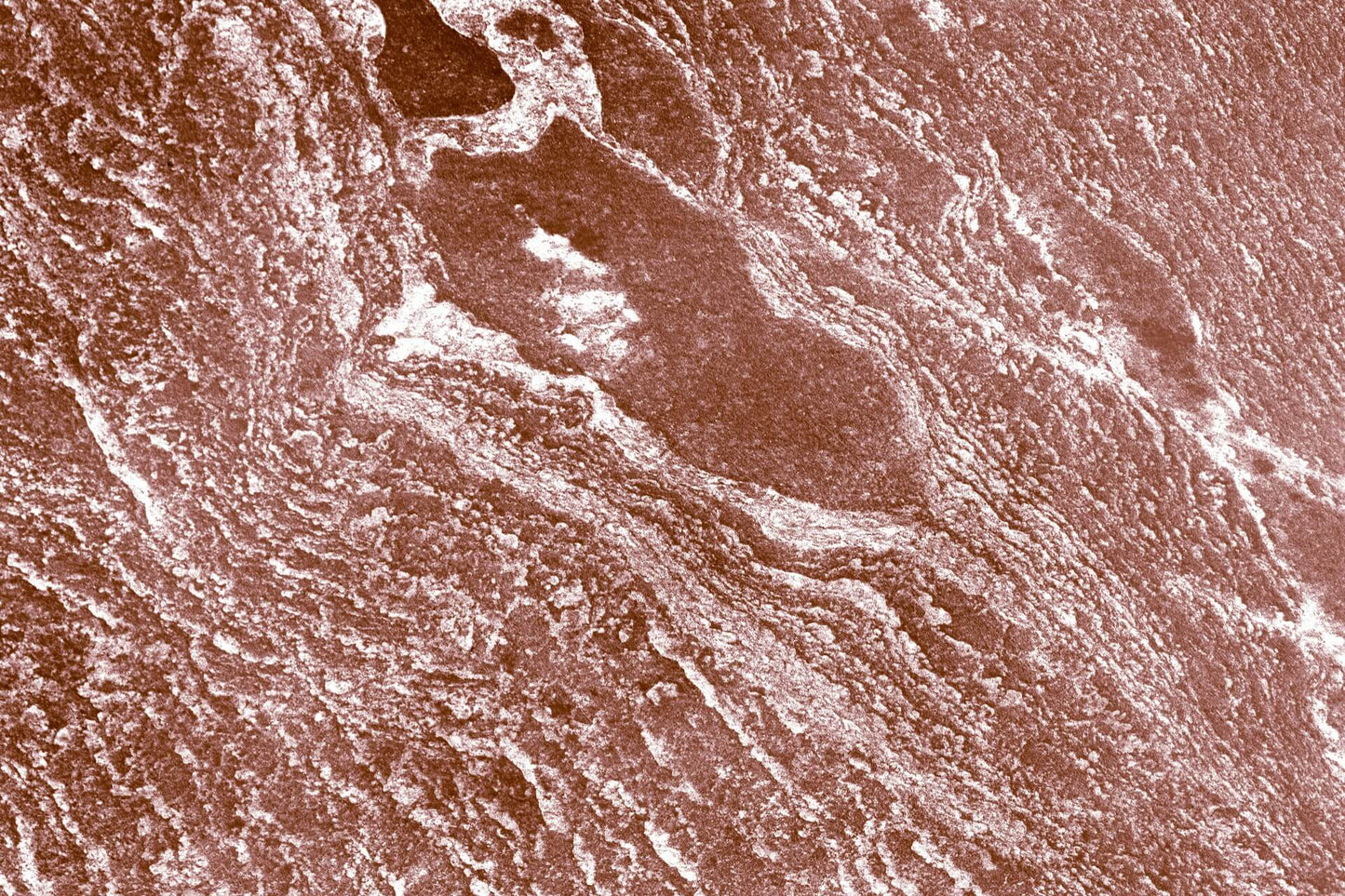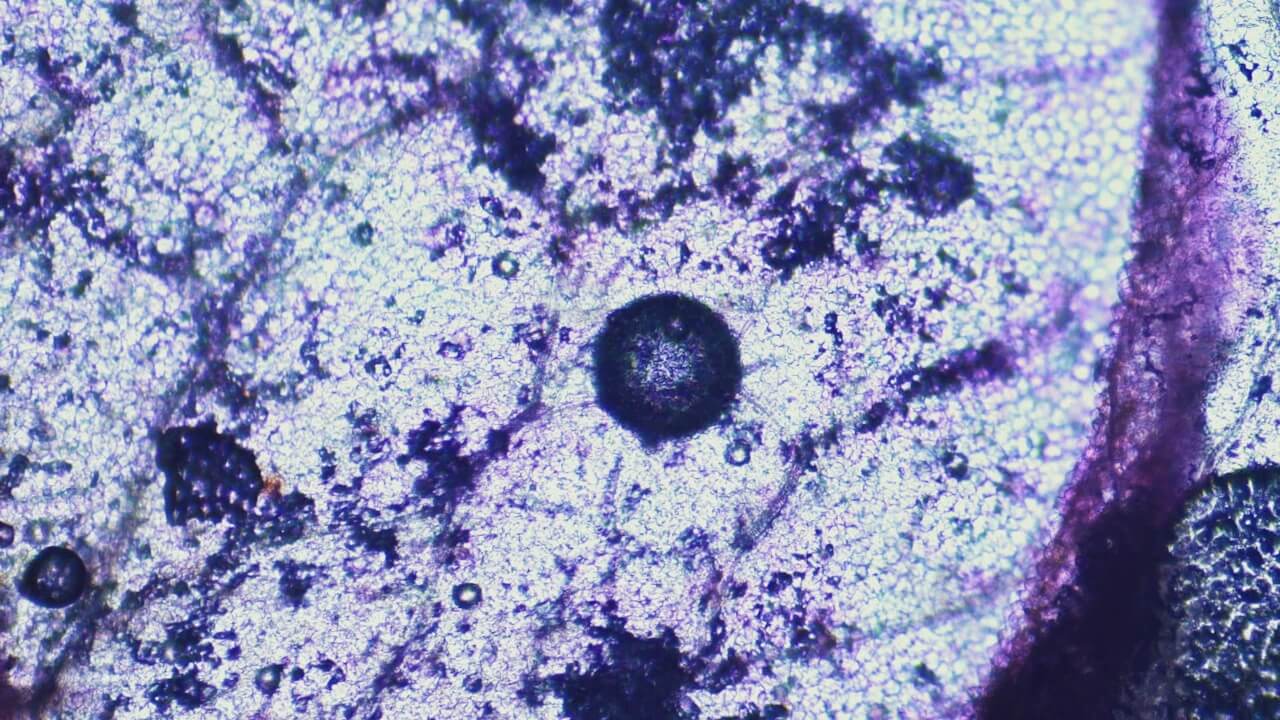
Glycine: A versatile amino acid with unique properties
Introduction
Glycine is nature's simplest amino acid, distinguished by a single hydrogen atom as its side chain. While traditionally categorised as non-essential because our bodies can synthesise it, emerging research suggests glycine may be conditionally essential; i.e. our endogenous production often falls short of optimal functional demands. This seemingly simple molecule plays crucial roles in human physiology, from comprising approximately 11.5% of the amino acid content in the human body to serving as a vital component of structural proteins, particularly collagen. Beyond its structural roles, glycine functions as both a neurotransmitter and metabolic regulator, warranting closer examination of its biochemical significance and therapeutic potential.
Biochemical mechanisms and structural functions
Glycine's fundamental importance stems from its role as an integral building block of proteins, particularly in maintaining structural integrity. Its most notable contribution lies in collagen formation, where glycine appears at every third position in the amino acid sequence – a precise arrangement necessary for collagen's characteristic triple-helix structure. This regular spacing of compact glycine molecules enables the tight coiling of collagen chains, providing essential tensile strength to connective tissues. Research suggests that the body's own glycine synthesis often proves insufficient for optimal collagen maintenance, particularly during periods of increased demand such as wound healing, tissue repair, and intense physical activity.
Beyond structural support, glycine participates in numerous vital biochemical pathways. It serves as a precursor for essential metabolites including porphyrins (crucial for haemoglobin formation), purines (fundamental to DNA / RNA synthesis), creatine (an energy buffer in muscle tissue), and notably, glutathione, the body's master cellular antioxidant. Studies indicate that inadequate glycine availability can compromise glutathione synthesis, potentially increasing oxidative stress. Research in older adults has demonstrated that glycine supplementation, particularly when combined with cysteine, can restore glutathione levels and enhance oxidative defence mechanisms.
Neurotransmission and cognitive function
In the central nervous system, glycine exhibits a unique dual role as both an inhibitory and excitatory neurotransmitter. As the primary inhibitory neurotransmitter in the spinal cord and brainstem, glycine modulates motor control through glycine receptor activation. Simultaneously, it acts as a co-agonist at NMDA glutamate receptors in the brain, contributing to learning and memory processes. This distinctive dual functionality positions glycine as a key modulator of neural signalling, influencing pain perception, sleep regulation, and cognitive performance.
Immunomodulation and inflammatory response
Glycine demonstrates significant immunomodulatory properties through its interaction with glycine-gated chloride channels present on immune cells. This mechanism enables glycine to regulate immune cell activation and balance inflammatory responses. Experimental research has shown glycine's capacity to reduce inflammatory cytokine production and reactive oxygen species generation from immune cells. These properties explain glycine's protective effects in various conditions characterised by excessive inflammation, including ischaemia-reperfusion injury and sepsis.
Sleep regulation and circadian rhythm
Among glycine's most well-documented benefits is its positive influence on sleep quality. Clinical research has demonstrated that evening supplementation with 3 grams of glycine can improve sleep onset and quality without causing morning drowsiness. This effect occurs through multiple mechanisms, including thermoregulation: glycine induces peripheral vasodilation, lowering core body temperature and facilitating sleep initiation. Additionally, glycine may influence circadian rhythm regulation through its actions in the suprachiasmatic nucleus, the brain's central clock.
Metabolic health and glucose regulation
Recent metabolomic studies have revealed intriguing connections between glycine levels and metabolic health. Research consistently shows that higher blood glycine levels correlate with improved insulin sensitivity, while individuals with obesity or type 2 diabetes often exhibit reduced glycine levels. Clinical trials combining glycine with N-acetylcysteine have shown promising results in improving insulin sensitivity and metabolic parameters in older adults with metabolic syndrome.
Cellular protection and longevity
Emerging research suggests glycine may influence longevity through various mechanisms. Studies conducted by the National Institutes on Aging's Interventions Testing Program demonstrated modest but significant lifespan extension in mice receiving glycine supplementation. These effects may relate to glycine's ability to mimic certain aspects of caloric restriction and its role in methionine metabolism, a pathway increasingly linked to ageing processes.
Practical applications and supplementation
Glycine occurs naturally in protein-rich foods, with particularly high concentrations in collagen-rich sources such as bone broth and gelatin. However, modern diets often provide suboptimal glycine levels, particularly when favouring muscle meats over whole-animal consumption. Supplemental glycine offers a convenient alternative, typically available as a mildly sweet powder or in capsule form.
Common therapeutic dosages range from 3-5 grams daily, though lower doses also provide benefits. Glycine demonstrates synergistic effects with other nutrients, notably N-acetylcysteine, for supporting glutathione synthesis and cellular protection.
Safety considerations and limitations
Glycine presents a favourable safety profile, with clinical studies supporting the tolerability of doses up to 6 grams daily for extended periods. While research has explored higher doses in specific medical contexts, standard supplemental amounts consistently demonstrate safety and tolerability. Minor digestive discomfort may occur with high doses, particularly on an empty stomach, though these effects generally resolve with dose adjustment.
Conclusion
Glycine exemplifies how a structurally simple molecule can exert profound influences on human physiology. Its diverse roles, from providing structural support through collagen formation to modulating neurotransmission and inflammatory responses, underscore its importance in maintaining cellular health and systemic function. While not a panacea, glycine's well-documented effects on sleep, metabolism, and cellular protection, combined with its excellent safety profile, make it a compelling target for both research and therapeutic applications. As our understanding of glycine's biochemical versatility continues to expand, its potential applications in supporting health and longevity warrant continued scientific investigation.
Thione – science-backed cellular support
References
Adeva-Andany, M.M., Fernández-Fernández, C., Funcasta-Calderón, R., Ameneiros-Rodríguez, E., Donapetry-García, C., & Vila-Altesor, M. (2018). ‘Insulin resistance and glycine metabolism in humans’, Amino Acids, 50(1), pp. 11–27. doi:10.1007/s00726-017-2508-0.
Alves, A., Bassot, A., Bulteau, A.L., Pirola, L., & Morio, B. (2019). ‘Glycine metabolism and its alterations in obesity and metabolic diseases’, Nutrients, 11(6), 1356. doi:10.3390/nu11061356.
Bannai, M., & Kawai, N. (2012). ‘New therapeutic strategy for amino acid medicine: Glycine improves the quality of sleep’, Journal of Pharmacological Sciences, 118(2), pp. 145–148. doi:10.1254/jphs.11r04fm.
Bolke, L., Schlippe, G., Gerß, J., & Voss, W. (2019). ‘A collagen supplement improves skin hydration, elasticity, roughness, and density: Results of a randomized, placebo-controlled, blind study’, Nutrients, 11(10), 2494. doi:10.3390/nu11102494.
File, S.E., Fluck, E., & Fernandes, C. (1999). ‘Beneficial effects of glycine (Bioglycin) on memory and attention in young and middle-aged adults’, Journal of Clinical Psychopharmacology, 19(6), pp. 506–512. doi:10.1097/00004714-199912000-00004.
Javitt, D.C. (2012). ‘Glycine transport inhibitors in the treatment of schizophrenia’, Handbook of Experimental Pharmacology, 213, pp. 367–399. doi:10.1007/978-3-642-25758-2_12.
Kawai, N., Karakawa, S., Tsuneyoshi, Y., Okuro, M., Sakai, N., Takeda, T., & Bannai, M. (2015). ‘The sleep-promoting and hypothermic effects of glycine are mediated by NMDA receptors in the suprachiasmatic nucleus’, Neuropsychopharmacology, 40(6), pp. 1405–1416. doi:10.1038/npp.2014.326.
Meléndez-Hevia, E., De Paz-Lugo, P., Cornish-Bowden, A., & Cárdenas, M.L. (2009). ‘A weak link in metabolism: the metabolic capacity for glycine biosynthesis does not satisfy the need for collagen synthesis’, Journal of Biosciences, 34(6), pp. 853–872. doi:10.1007/s12038-009-0100-9.
Pauling, L., & Corey, R.B. (1951). ‘The structure of fibrous proteins of the collagen-gelatin group’, Proceedings of the National Academy of Sciences, 37(5), pp. 272–281. doi:10.1073/pnas.37.5.272.
de Paz-Lugo, P., Lupiáñez, J.A., & Meléndez-Hevia, E. (2018). ‘High glycine concentration increases collagen synthesis by articular chondrocytes in vitro: Acute glycine deficiency could be an important cause of osteoarthritis’, Amino Acids, 50(10), pp. 1357–1365. doi:10.1007/s00726-018-2611-x.
Razak, M.A., Begum, P.S., Viswanath, B., & Rajagopal, S. (2017). ‘Multifarious beneficial effect of nonessential amino acid, glycine: A review’, Oxidative Medicine and Cellular Longevity, 2017, Article ID 1716701. doi:10.1155/2017/1716701.
de Sousa Sá, O.M., Lopes, N.N.F., Seixas, M.T., & Caran, E.M.M. (2018). ‘Effects of glycine on collagen, PDGF, and EGF expression in a model of oral mucositis’, Nutrients, 10(10), 1485. doi:10.3390/nu10101485.
World Health Organization (WHO). (2007). Protein and amino acid requirements in human nutrition: Report of a joint WHO/FAO/UNU expert consultation. Geneva: WHO Technical Report Series 935. Available at: https://apps.who.int/iris/handle/10665/43411 (Accessed: 20 March 2025).
Yamadera, W., Inagawa, K., Chiba, S., Bannai, M., Takahashi, M., & Nakayama, K. (2007). ‘Glycine ingestion improves subjective sleep quality in human volunteers’, Sleep and Biological Rhythms, 5(2), pp. 126–131. doi:10.1111/j.1479-8425.2007.00262.x.








